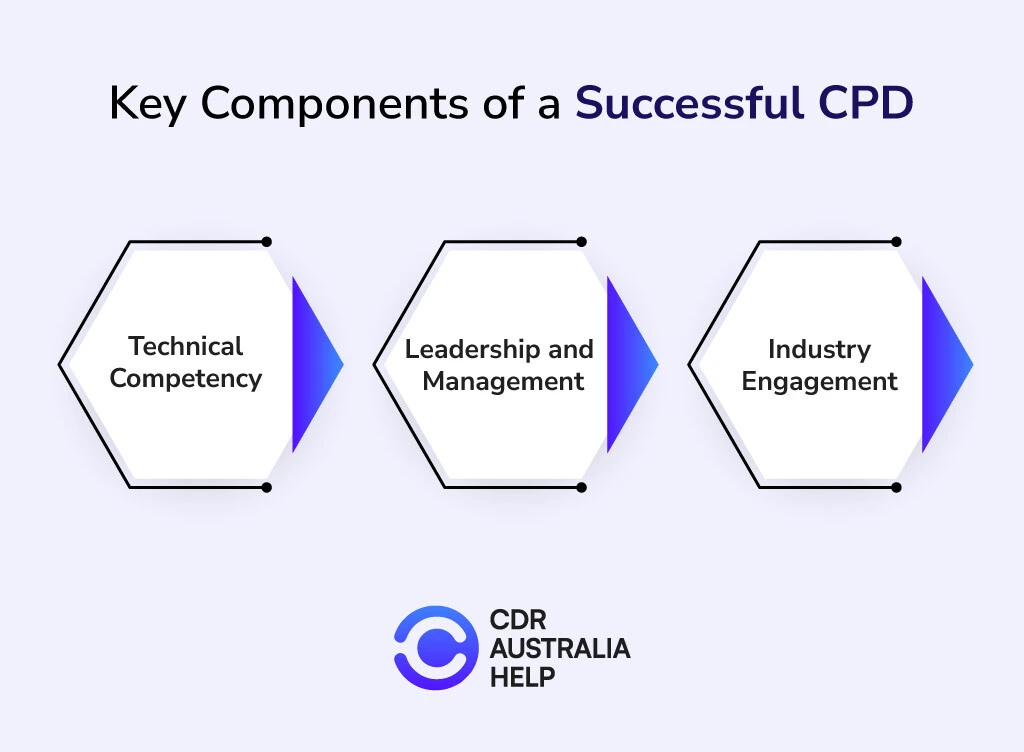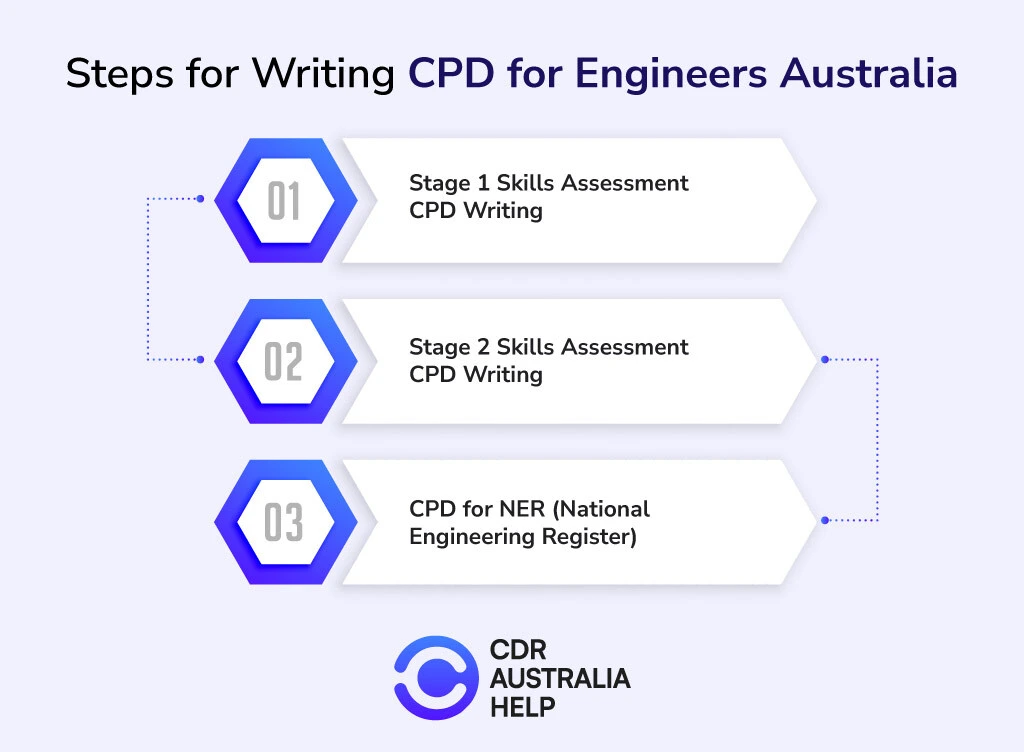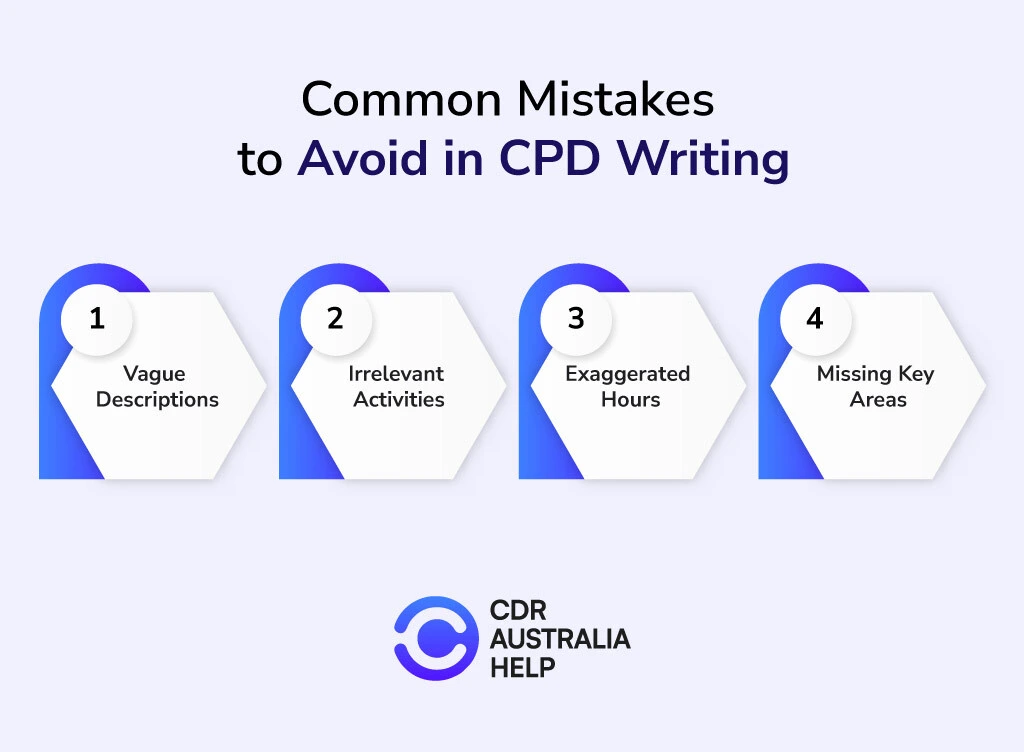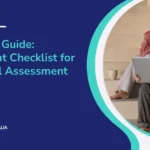
For engineers, Continuing Professional Development (CPD) writing is an indispensable aspect of career growth and technical competence. Engineers must continuously upgrade their knowledge and skills to stay relevant in a fast-paced industry where technology, standards, and methodologies constantly evolve.
This is where CPD comes in—it ensures that engineers maintain, expand, and enhance their skills throughout their careers. Under Engineers Australia (EA), engineers who aim to migrate or achieve chartered status must submit a well-documented CPD to demonstrate their ongoing professional development.
In this comprehensive guide, we’ll explain how to write a CPD for Engineers Australia, the importance of CPD, step-by-step instructions on structuring your CPD, and examples to help you get started.
🔑: Key Highlight
- Introduction and Importance of CPD for Engineers Australia
- Requirements for CPD in Engineers Australia
- Key Components of a Successful CPD
- Steps for Writing CPD for Engineers Australia
- Common Mistakes to Avoid in CPD Writing
- Types of CPD Activities to Include
- CPD Hours Requirement
Table of Contents
What is CPD, and Why Does It Matter for Engineers Australia?
Continuing Professional Development (CPD) refers to the ongoing learning, training, and skill development process that professionals engage in after completing their formal qualifications.
For engineers, CPD is critical for ensuring that their skills remain relevant in an industry marked by rapid advancements in technology, standards, and best practices.
CPD encompasses various activities, from attending formal conferences and workshops to engaging in informal learning like reading technical journals or conducting research.
For Engineers Australia, CPD is a mandatory part of gaining professional recognition, including applying for chartered status or immigration.
Engineers Australia evaluates your CPD records as part of the skills assessment process to ensure that you’re up-to-date with the latest technologies, tools, and methodologies that the engineering profession requires.
Key reasons why CPD matters:
- Commitment to Professional Growth
Demonstrates that you are dedicated to continuously improving your skills and knowledge.
- Career Advancement
Enables engineers to move into more senior roles or specialize in new areas of their profession.
- Competency in New Technologies
Ensures that you are always up-to-date with the latest technological advancements.
- Support for Migration or Chartered Status
This plays a vital role in proving your competency when applying for the Engineers Australia skills assessment.
CPD sample Engineers Australia records are critical for engineers who wish to present a strong case for their skills and abilities.
What is CPD and Why Is It Important for Engineers Australia?

Continuing Professional Development (CPD) is the process of continuously improving and updating your skills and knowledge throughout your engineering career.
CPD is not limited to formal education; it includes a range of activities such as attending seminars, completing online courses, or participating in research.
For Engineers Australia, CPD is a crucial part of the Competency Demonstration Report (CDR), which is required for both migration and chartered status applications.
Submitting a well-documented CPD log demonstrates that you are actively working to improve your skills and keep up with the latest developments in engineering.
Requirements for CPD in Engineers Australia Skills Assessment
For engineers applying for migration or chartered status, Engineers Australia requires a clear CPD record to evaluate professional competency.
The CPD record should be presented in a tabular format and should include all relevant activities undertaken in recent years.
Key CPD requirements include:
- A minimum of 150 hours of CPD over three years for Chartered Professional Engineer (CPEng) status.
- CPD must reflect a balance of activities that enhance technical, leadership, and ethical knowledge.
- Activities must be aligned with the areas of engineering in which you practice.
Key Components of a Successful CPD

When creating a CPD record for Engineers Australia, it’s essential to cover multiple aspects of your professional development.
Engineers Australia expects to see a well-rounded set of learning activities that contribute to various facets of your engineering competence. Here are the key components that are to be included:
a. Technical Competency
This involves activities that enhance your technical engineering knowledge. Examples include attending seminars on new software tools, completing technical certifications, or participating in research projects.
b. Leadership and Management
CPD activities that help you develop your leadership and management skills are crucial for engineers aspiring to move into senior positions.
This could include workshops on project management, team leadership courses, or mentorship roles where you manage junior engineers.
c. Industry Engagement
Your CPD should demonstrate that you are engaged with the broader engineering community.
Examples include participation in industry forums, attendance at professional conferences, or membership in engineering bodies like Engineers Australia.
d. Ethics and Risk Management
Understanding ethical responsibilities and risk management is vital for every engineer. You must show that you’re aware of the ethical implications of your work and how to manage risks effectively.
Steps for Writing CPD for Engineers Australia

When it comes to writing your CPD for Engineers Australia, following a structured format is essential.
EA typically expects a tabulated format that clearly outlines each activity’s date, description, duration (hours), and learning outcome.
a. Stage 1 Skills Assessment CPD Writing
Stage 1 is typically for engineers who are applying for migration skills assessments and do not have qualifications accredited by Engineers Australia. If this applies to you, follow these steps:
- List Relevant Activities
Gather all the relevant activities that contribute to your professional development. These can include attending training programs, leading new projects, or participating in technical workshops.
- Record Detailed Information
Ensure that each activity is well documented, including the date, type of activity (formal, informal, work-based), description, duration, and specific learning outcomes.
- Complete the CPD Log Sheet
Present this information in tabular format. Engineers Australia expects clarity and conciseness, so avoid jargon and focus on the learning outcomes.
Example Format:
| Date | Type of Activity | Description | Duration (Hours) | Learning Outcome |
| Feb 2023 | Workshop | AI in Civil Engineering | 2 | Gained knowledge of AI applications |
| April 2023 | Course | Risk Management Certification | 8 | Acquired risk management skills |
b. Stage 2 Skills Assessment CPD Writing
The Stage 2 CPD is required for chartered status and is stricter, demanding 150 CPD hours over the past three years. Here’s how to approach it:
1. Track CPD Hours
Ensure that you have recorded 150 CPD hours over the past three years, broken into various types of learning, such as formal, workplace-based, and informal learning.
2. Categorize by CPD Type
Engineers Australia expects a balance of formal, informal, and workplace-based learning. Categories could include leadership development, technical skills, or ethics training.
3. Organize in a Log
Structure the information in a clear table, similar to the format for Stage 1, but make sure the hours meet the requirements.
c. CPD for NER (National Engineering Register)
The National Engineering Register (NER) requires similar CPD documentation to the Stage 2 assessment. Engineers must demonstrate 50 CPD hours annually or 150 CPD hours over three years.
The key is to group activities under categories such as technical learning, leadership, or ethical training.
Sample CPD Records for Engineers Australia
To give you a better understanding of how to structure your CPD, here are some sample CPD records that meet Engineers Australia’s requirements.
Sample 1: Technical Competency
| Date | Type of Activity | Description | Hours | Learning Outcome |
| Mar 2023 | Online Course | Advanced Structural Design Techniques | 10 | Gained expertise in structural analysis |
Sample 2: Leadership and Management
| Date | Type of Activity | Description | Hours | Learning Outcome |
| Jun 2023 | Workshop | Leadership development in engineering | 3 | Enhanced project management skills |
Sample 3: Ethics and Risk Management
| Date | Type of Activity | Description | Hours | Learning Outcome |
| Jul 2023 | Webinar | Engineering Ethics and Risk Management | 4 | Strengthened ethical decision-making |
These CPD examples Engineers Australia expects to show a variety of learning types and clearly define how each activity contributed to professional development.
Common Mistakes to Avoid in CPD Writing

When writing your CPD for Engineers Australia, be mindful of these common pitfalls:
- Vague Descriptions
Avoid being vague about your CPD activities. Engineers Australia requires clarity in terms of what the activity was and how it contributed to your professional development.
- Irrelevant Activities
Ensure that the CPD activities you include are directly related to your engineering career. Irrelevant activities will not count toward your overall CPD hours.
- Exaggerated Hours
Be honest and realistic about the number of hours spent on each CPD activity. Engineers Australia may scrutinize inflated hours, so make sure they accurately reflect the time invested.
- Missing Key Areas
CPD should demonstrate growth across multiple areas of competency, not just technical skills. Leadership, ethics, and industry engagement are also essential.
Learn more: 10 important things to consider while writing CPD.😊✅🥰
Types of CPD Activities to Include

A well-rounded CPD should include a variety of activities to demonstrate your ongoing professional development. Engineers Australia recognizes different types of CPD activities:
a. Formal Education
Formal education activities include structured learning such as university courses, postgraduate degrees, diplomas, or formal training programs relevant to engineering.
Examples might include courses in project management, advanced technical design, or leadership for engineers.
b. Work-Based Learning
Learning on the job through projects, mentorship, or new responsibilities is also considered CPD. This could include developing a new technical process, leading a team for the first time, or working with a new technology.
c. Informal Learning
Reading technical journals, attending webinars, or listening to podcasts can also count toward CPD. While informal, these activities demonstrate your engagement with the latest developments in your field.
d. Professional Activities
Participating in professional associations, attending industry conferences, or contributing to technical committees are also valuable CPD activities.
e. Ethics and Risk Management
As an engineer, it’s vital to be aware of ethical issues and risk management principles. Participation in workshops or training sessions that address these topics can count toward your CPD hours.
Example of a CPD Log Format:
| Date | Type of Activity | Description | Duration (Hours) | Learning Outcome |
| Jan 2024 | Formal Education | Advanced Project Management Course | 40 | Gained expertise in managing large projects |
| March 2024 | Informal Learning | Reading Engineering Journal | 2 | Enhanced understanding of sustainable design |
Key Sections to Include
Your CPD record should focus on four main areas of development:
- Technical Competency: Activities that contribute to your technical expertise in engineering.
- Leadership and Management: Activities that enhance your leadership skills, such as project management courses or team leadership responsibilities.
- Industry Engagement: Attendance at conferences, participation in professional bodies, or contributing to technical journals.
- Ethics and Risk Management: Activities that enhance your understanding of ethical engineering practices and risk management.
CPD Hours Requirement
For Engineers Australia, there is no minimum number of hours for Stage 1 Skills Assessment (migration). However, for Stage 2 (CPEng status) and NER registration, you are required to demonstrate 150 CPD hours over three years.
Conclusion
Writing a CPD for Engineers Australia is not just a formality—it’s an opportunity to showcase your commitment to the profession and your proactive approach to career development. Keep the following tips in mind as you prepare your submission:
- Stay Organized
Record your CPD activities as you complete them. Don’t wait until the end of the year to compile your log.
- Diversify Your Learning
Ensure that your CPD activities cover a wide range of competencies, from technical skills to ethics and leadership.
- Be Honest
Report accurate hours and be truthful about your learning outcomes.
- Use a Clear Format
Engineers Australia expects a well-organized, tabular format. Avoid writing long paragraphs or providing too little information.
By following these guidelines, you’ll be able to create a comprehensive and professional CPD record that meets the standards set by Engineers Australia.
A well-structured CPD is essential for engineers seeking to demonstrate their commitment to ongoing learning and professional development.
By following the guidelines set out by Engineers Australia, you can ensure that your CPD submission not only meets their requirements but also helps you stand out in your skills assessment or chartered status application.
Final Tips
- Document Continuously
Record your CPD activities as you complete them to avoid missing important details.
- Diversify Learning
Make sure to include a variety of learning types—formal, informal, and workplace-based.
- Focus on Impact
Describe how each activity has contributed to your professional growth and engineering competence.
With these strategies, your CPD submission will not only meet the standards set by Engineers Australia but also reflect your dedication to professional excellence.
FAQs
What is the purpose of CPD for Engineers Australia?
CPD ensures that engineers maintain and improve their skills, knowledge, and professional competency to meet the evolving demands of the engineering industry.
How many CPD hours are required for Engineers Australia?
Engineers applying for Chartered status or NER registration need to complete a minimum of 150 CPD hours over three years.
What types of activities count as CPD?
CPD activities include formal learning, work-based learning, informal learning, professional contributions, and ethics and risk management courses.
What is the correct format for a CPD submission?
CPD should be presented in a tabular format, including details such as date, activity type, description, duration (hours), and learning outcomes.
Can informal learning activities be included in my CPD?
Yes, informal learning such as reading technical articles or attending webinars can be included if it contributes to your professional growth.




